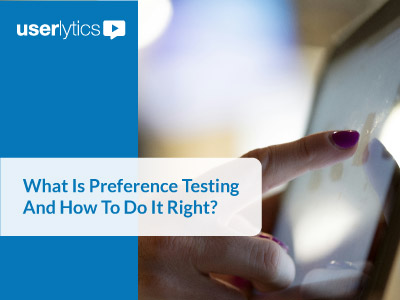COVID-19
Given the current world health and associated economic crisis, Userlytics ran a qualitative moderated (“Live Conversations“) user experience study with participants in the US to determine how respondents’ online shopping behavior has changed as a result of the pandemic. The following is a brief synopsis of the results.

ACCELERATING PRE-EXISTING TRENDS
The increased role of digital platforms in people’s lives, all over the world, has turned out to be helpful during these trying times of the pandemic. It has been far easier for many to work from home, and shop online, than would have been the case only 10 years ago.
The pandemic has undoubtedly accelerated pre existing trends, and many purchases that used to be done in-person are now done online to minimize contact. But not only has the rate of ecommerce to in-store purchasing dramatically increased, but also the pattern of shopping has shifted. For example, respondents aren’t buying as much clothing because they have nowhere to go and no one, or few, to impress with new clothing purchases.
Video Clip – Shopping for Clothes
CHANGED PURCHASING BEHAVIOUR
People are spending a higher percentage of their budgets on in-home entertainment, such as video games and puzzles, in order to distract themselves as well as restless children, or buying cooking utensils as they spend more time in the kitchen without access to restaurants.
People are choosing to buy essential items through the internet that they used to buy physically at the store. Although it is too soon to gauge whether this will be a permanent shift in behaviour, some concerns about e-commerce remain.
Video Clip – In-Home Entertainment
SLOWER DELIVERY TIMES
For example, it can be more expensive to order certain products online, and, at least at present, it’s not always a fast solution since nearly every delivery company is currently overloaded with shipments.
There’s a gnawing worry about what might happen in terms of contamination based on who comes into contact with the delivery, although this concern is not one that should remain after the pandemic is over.
LESS BRAND LOYALTY
We also found that people have started to become more flexible about what to buy and where. Brand loyalty has, at least for the moment, become less important and people are starting to buy different products from different brands as the brands they’re accustomed to become unavailable.
When the Great Toilet Paper Shortage of 2020 broke out, many people had to switch to brands they had never bought before or had never heard of.
Other less known and cheaper brands are becoming more accepted and people have started making decisions that are good for the environment, such as buying microfiber towels instead of paper towels.

COVID-19
CHANGED ATTITUDES
People have become more aware of personal hygiene and personal space through constant reminders of Coronavirus in every shop front or on every website’s homepage, which is viewed as positive given the seriousness of the situation. These messages lower users’ expectations while increasing the respect they have for the brands that are addressing concerns upfront.
SOURCES OF INFORMATION
One of the most trustworthy and up-to-date sources of information, according to the users in our study, is the CDC.gov website. Respondents also collect information through other sources, such as TV news (CNN, local news), online (LA Times, CNN), social media (Reddit, Facebook, YouTube) and talking to friends and family.
The scientific lingo is sometimes hard to digest, which is another point in CDC’s favor, as the information on the CDC site is well presented in a simple and approachable way, according to the users in our study. Users mentioned they wish CDC would provide links to help them purchase items to protect themselves, such as face masks or hand sanitizer.
CONCLUSION
Online shopping habits are accelerating in terms of remote shopping. In addition to an overall increase in the percentage of purchases online, new pandemic specific products have entered the shopping mix (unknown brands, masks, gloves, hand sanitizer, products and services to keep entertained), although there are concerns, in terms of online shopping, as to what could have come into contact with their items (especially groceries) on their way to participants’ homes.
One interesting impact is the opportunity for unknown brands to “break into” the shopping habits of consumers, as the novel purchasing activities are opening up new opportunities to explore different brands.
Users are very keen to stay informed on the situation, for which they use websites that have earned a reputation for factual science based accuracy, such as the CDC. The key question, which we shall be exploring in follow up studies, is to what extent new habits will persist after the pandemic is over, and whether a more normal delivery time, as well as decreased concerns over “delivery contagion” will imply a much higher percentage of online shopping for previously “low digitalization” products, such as groceries.
Interested in UX Testing?
Data Visualizations
COVID-19, COVID-19
About the Author: Userlytics

Since 2009 we have been helping enterprises, governmental organizations, non-profits, agencies and startups optimize their user experience, or UX. With our state-of-the-art platform, massive global participant panel and unlimited accounts/seats for democratizing user research, we are the best all-in-one solution for remote user testing.
Schedule a Free Demo



